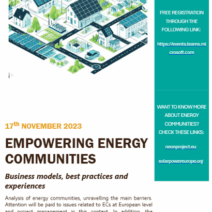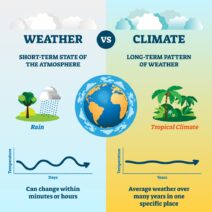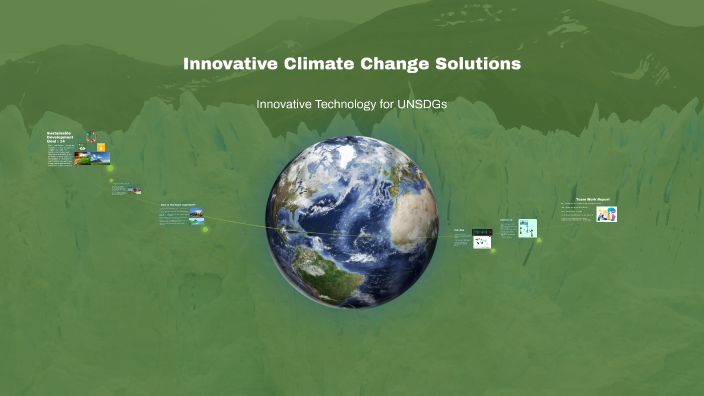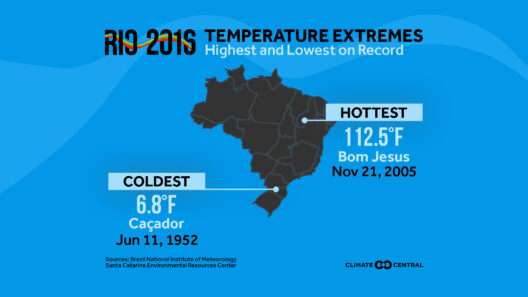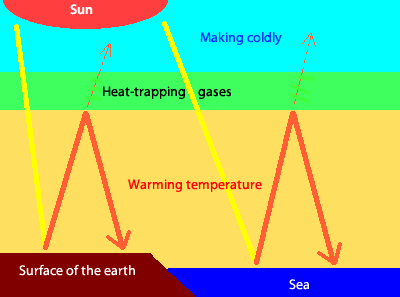In today’s rapidly evolving society, the specter of climate change looms ever larger. Each passing year bears witness to increasingly erratic weather patterns, plummeting biodiversity, and rising sea levels that threaten whole communities. However, amidst the gloom, a vibrant tapestry of innovative climate solutions emerges, providing glimpses of hope and resilience. Who exactly is leading this formidable fight? Let’s embark on a journey to explore the vanguard of climate activism, revealing both the actors in this theatre of change and the potential challenges they face along the way.
At the forefront of innovative environmental strategies are a myriad of nations, corporations, and grassroots movements. Countries such as Denmark and Costa Rica have become trailblazers, prioritizing sustainability and renewable energy. Denmark, often lauded for its ambitious transition to wind energy, generates over 40% of its electricity from wind turbines. This achievement not only serves as a model for other nations but also as an invitation: why hasn’t your country embraced similar initiatives?
Interestingly, Costa Rica has positioned itself as a beacon of ecological stewardship by running on over 99% renewable energy for several consecutive years. It has implemented bold reforestation efforts, restoring approximately half of its deforested land. Such profound commitment to environmentalism is both inspiring and thought-provoking. When other nations witness developments like this, it begs a playful question: can we afford to lag behind, while the world races toward a sustainable future?
Moving beyond national borders, innovative climate solutions also permeate the corporate sphere. Tech giants like Google and Apple have made substantial investments in renewable energy and sustainable practices. Google’s ambitious aim to operate entirely on renewable energy by 2030 is noteworthy, yet it poses a salient challenge: can smaller companies emulate this model without sacrificing growth and profitability? The answer lies in creative adaptation and collaboration. Industry partnerships and shared resources often yield novel solutions that empower businesses of all sizes to adopt sustainable practices without destabilizing their economic frameworks.
In the realm of grassroots activism, organizations like 350.org and Extinction Rebellion epitomize the power of collective action. By raising awareness and mobilizing individuals, these groups challenge the status quo. They remind citizens that everyday choices carry weight, encouraging communities to embrace climate consciousness in their daily lives. However, the question remains: how do they maintain momentum amidst widespread apathy? This challenge begs innovative approaches to engagement, perhaps leveraging technology or art to resonate with diverse audiences.
The agricultural sector presents yet another crucial battleground in the fight against climate change. Innovative farming techniques, such as agroecology and permaculture, promise to revolutionize how food is produced. These methods advocate for biodiversity, natural pest control, and sustainable soil management. Yet, as traditional practices yield to innovative techniques, a palpable challenge arises: how do we safely transition farmers who are entrenched in conventional methods? Education and financial incentives can play pivotal roles, facilitating this essential shift toward environmental sustainability.
Moreover, the rise of circular economies fundamentally rethinks how we view waste. Rather than viewing waste as a mere byproduct, innovators across various sectors are challenged to see it as a resource. Companies are not just required to innovate their products but must also consider the lifecycle of materials. This approach encourages not only environmental benefits but also economic ones. However, how do we promote such a substantial shift in thinking? Public policy, combined with consumer advocacy, can ensure that circular economy principles become mainstream rather than niche.
Alongside these solutions, the realms of technology and innovation cannot be overlooked. The advent of electric vehicles (EVs) marks a pivotal shift in reducing carbon emissions in the transportation sector. Electric vehicle manufacturers are positioned at the forefront of this transformative change, showcasing their prowess in engineering and design. Yet, the question persists: how can we incentivize widespread adoption of EVs, especially in regions where infrastructure is lacking? Investments in charging stations and incentives for consumers and manufacturers alike are crucial to overcoming this hurdle.
The quest for innovative climate solutions also heavily involves academia and research. Institutions worldwide are exploring advanced carbon capture technologies, bioengineering, and community-based environmental science. The collaboration between researchers and industries is vital, yet it poses a challenge as well: how do we ensure that these monumental discoveries reach the public eye and enact real change? Disseminating research findings to policymakers and the general public remains imperative to bridge the gap between knowledge and action.
In conclusion, the struggle against climate change merits urgency and resilience from all stakeholders. The great challenge lies not only in activating existing innovations but also in fostering a culture of continuous improvement and adaptability. As nations, corporations, and communities band together to face the realities of climate change, they confront the question at the heart of the matter: are we prepared to embrace innovative solutions, forging pathways toward a sustainable future? The fight is omnipresent, but with creativity, collaboration, and unwavering commitment, a brighter and more sustainable world is within reach.
